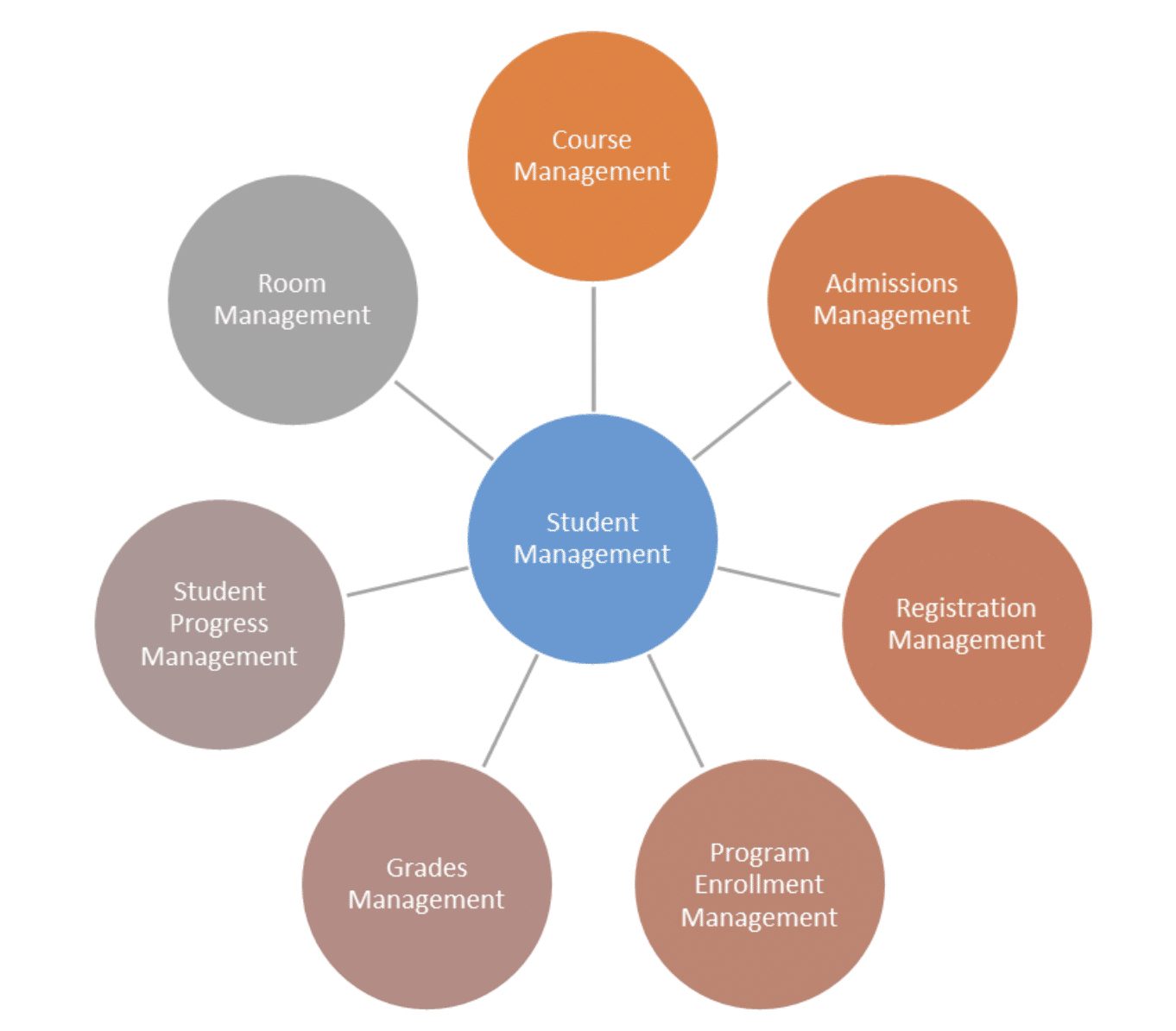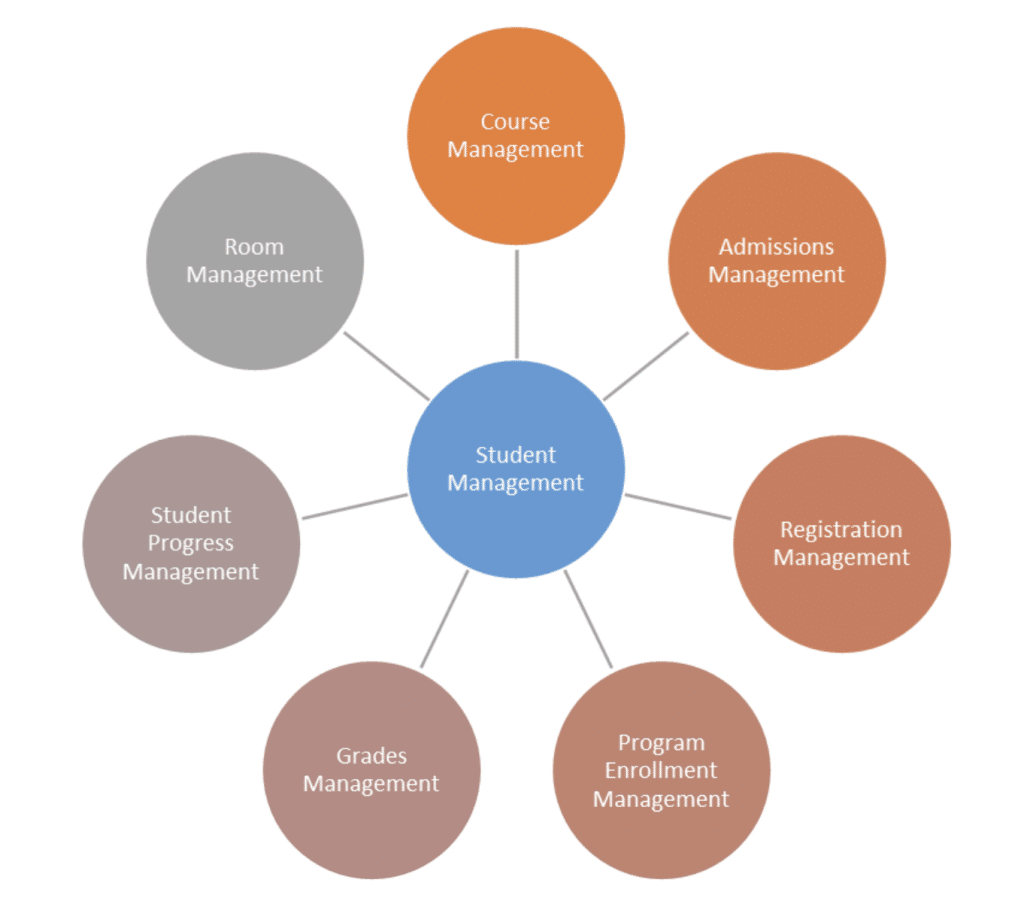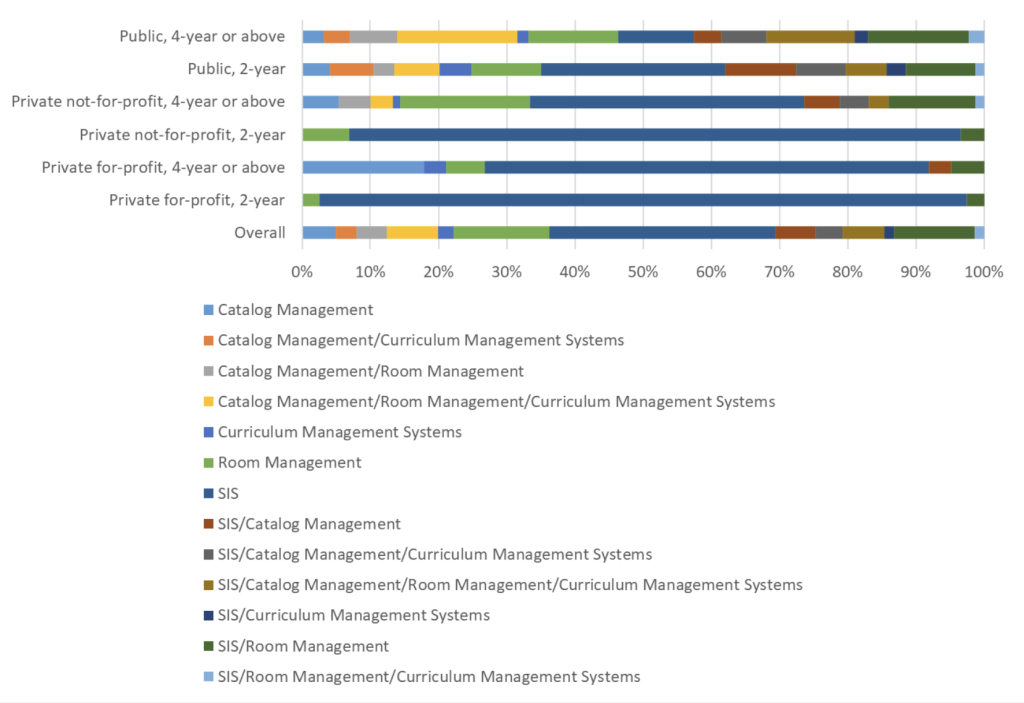
For many institutions, student management in higher education institutions means the administration and management of student-related business functions, such as course registration, program enrollment, and student progress tracking. Central to this approach is usually a student information system, which serves as the centralized hub that helps institutional leaders perform these functions and help students along their student journey.
But there is another view: a growing number of institutions view student management as more student-centered, where students can focus on their learning experience via streamlined enrollment and administrative functionality and participate in discovering and creating learning opportunities alone or with instructors. As a result, institutional leaders view technology supporting this view as more than the student information system to include other solutions, such as course registration solutions.
This week’s post will explore how different institutions populate their ecosystems to support student management.
Methodology
Before diving into our analysis, we should understand our methodology. We began by selecting the capabilities that support either view of student management, as shown in Figure 1. We then determined the solutions that align with these capabilities, such as catalog management solutions, curriculum management solutions, scheduling/room management solutions, student scheduling/registration solutions, and student information systems.

We then looked at all institutions implementing technologies in these categories in our data set. As a result, our analysis comprised just over twenty-six hundred across all institutional sectors (public, private, two-year, four-year, etc.) and enrollment sizes.
After preparing our data, we performed a frequent itemset analysis. As we have written in a previous post, this analysis, used in other industries such as retail, aims to reveal the frequency of items and bundles of items in a data set and perhaps uncover surprising relationships.
Findings
The output of our analysis revealed thirteen main bundles (Figure 2). There are three key takeaways from our analysis:
- Most institutions do not rely on the student information system alone: Overall, only 31% of institutions have implemented the SIS without solutions in other categories. Within the sectors, private for-profit, 2-year institutions (95%), private not-for-profit, 2-year institutions (90%), and private for-profit, 4-year or above institutions (63%) rely heavily on the student information system alone. Conversely, only ten percent of public 4-year institutions rely on the student information system alone to support student management.
- The SIS and scheduling/room management solution is the most popular bundle: Of those institutions that do not rely on the SIS alone, leaders often combine it with scheduling/room management solutions. For example, 14% of institutions in the public, 4-year or above sector have implemented this bundle, followed by 11% of institutions overall. However, only five percent of private for-profit, 4-year or above institutions have implemented this bundle, followed by private not-for-profit, 2-year institutions (3%).
- Few institutions have implemented bundles with more than two solutions: Overall, only 18% have bundles with solutions in more than one category, with the Catalog Management/Room Management/Curriculum Management Systems bundle being the most implemented (7%). Likewise, 37% of institutions in the public, 4-year or above sector have bundles with more than two solutions, with Catalog Management/Room Management/Curriculum Management Systems bundle being the largest (16%), followed by the SIS/Catalog Management/Room Management/Curriculum Management Systems bundle (12%).

Source: ListEdTech
What do these findings mean? First, they indicate that institutional leaders have shifted from reliance on the student information system alone to combining it with other solutions to support student management efforts, most notably with scheduling and room management software. However, our data also suggests that leaders still consider the SIS to suffice on its own when supporting other capabilities, such as registration and program enrollment management. Lastly, it appears that, while many leaders consider supplementing the SIS as necessary for supporting student management, they are nonetheless cautious in adding many additional products to their ecosystems.
Summary
There are two critical decisions about the best way to select technology to support student management. First, leaders should consider whether their approach is one where student management means the administration and management of student-related business functions or where students have an active role in developing their learning experiences. Where leaders fall on this decision may drive technology selection, such as relying on a student information system or supplementing it with a more student-facing solution (course registration solutions, for example).
Likewise, as with many technology-related educational decisions, there is the question of whether an institutional leader wants a single enterprise solution (like the SIS) or a collection of single-purpose solutions. The former approach can allow schools to simplify their ecosystems and avoid complex integrations. At the same time, the latter may enable leaders to choose technologies that, while adding complexity, may deliver functionality that fits their needs better than an enterprise solution.
Of course, these two decisions may be in tension. For example, leaders may want a student-centered student management approach but find that it requires adding more solutions and unwanted complexity to their ecosystems. Conversely, they may find that reducing complexity via an enterprise solution limits their ability to deliver on either student management approach, as the enterprise solutions may fall short in providing the needed functionality.
In future posts, we will explore the different student management bundles and detail how they change over time. We look forward to sharing that post with you soon.

